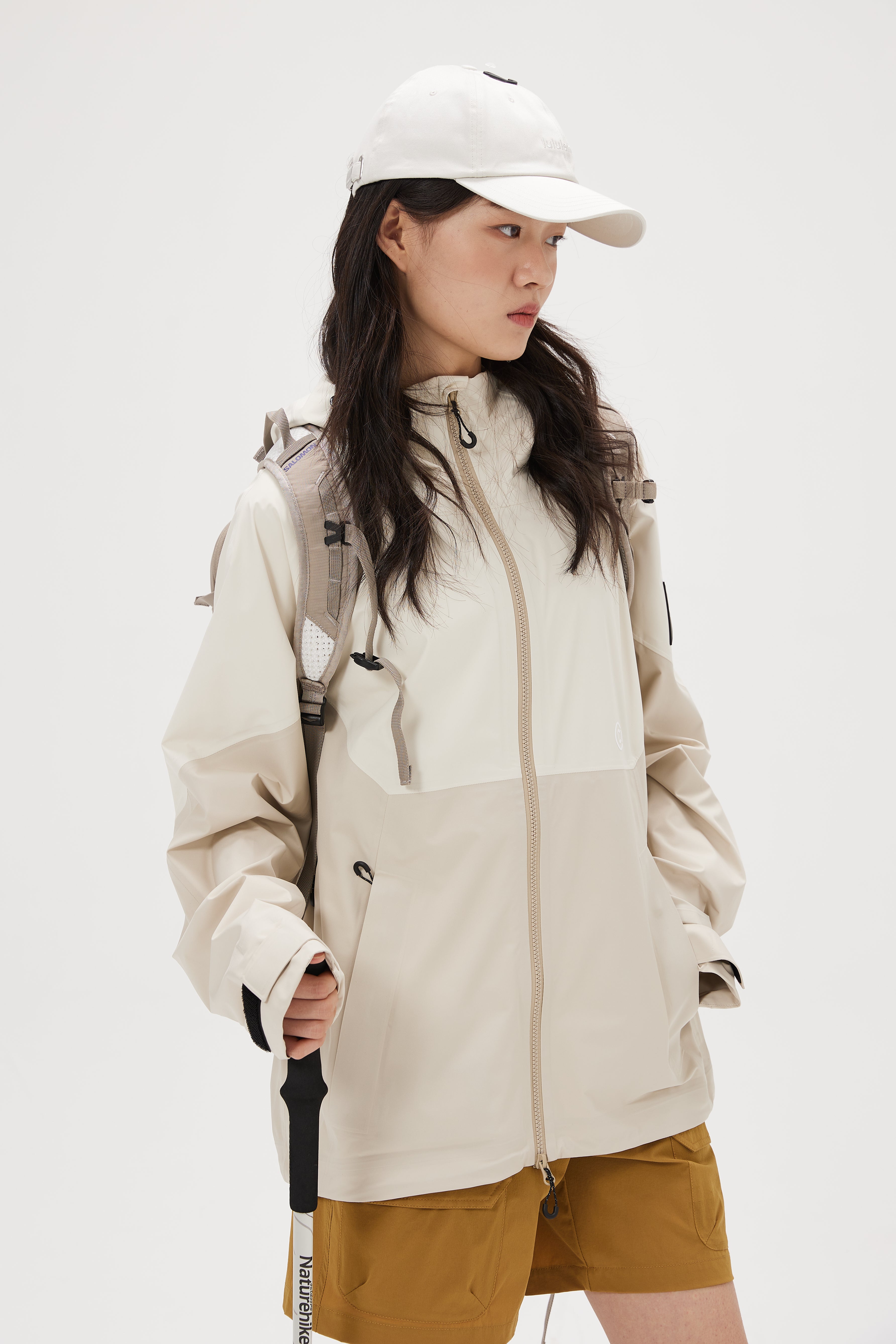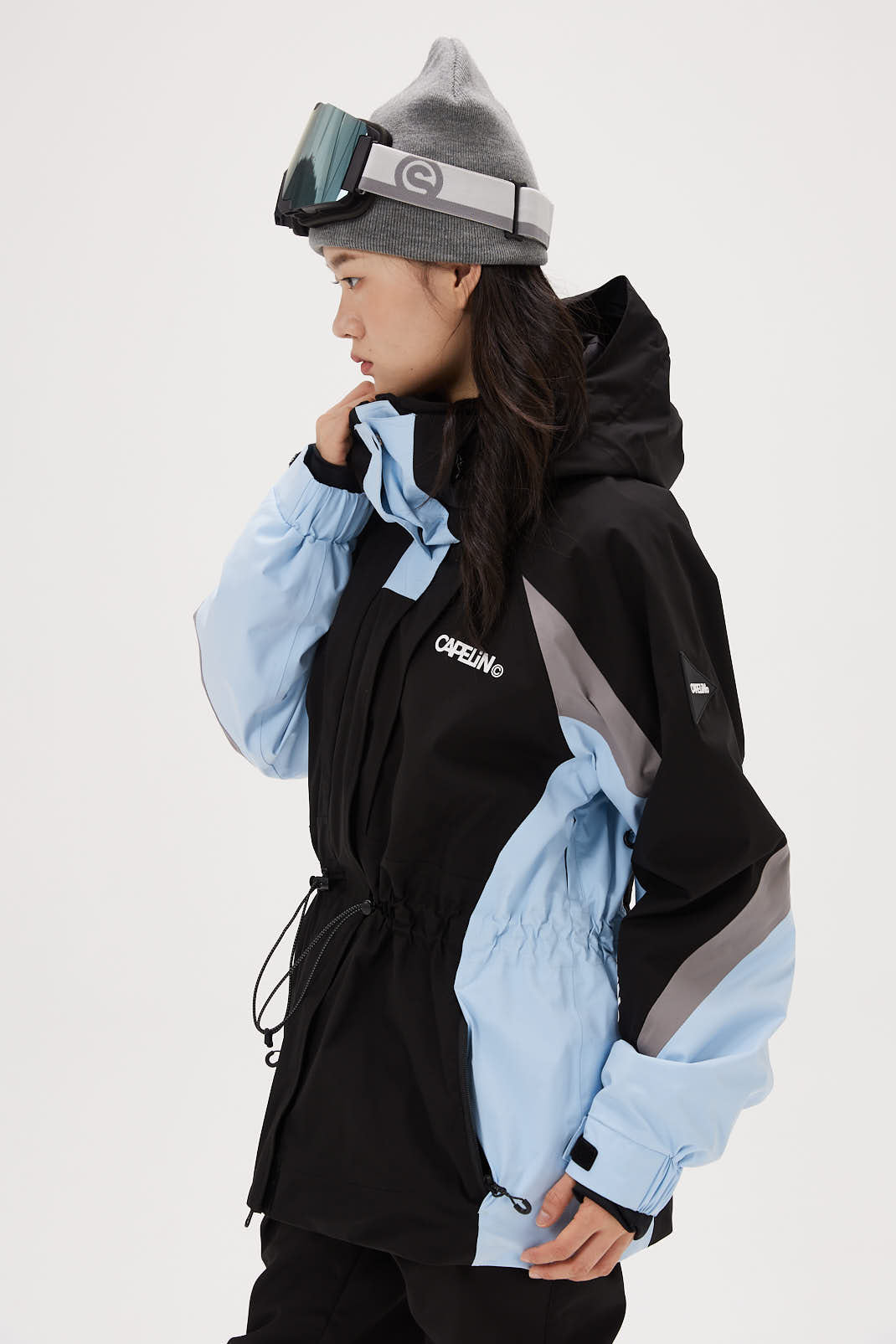While suiting up to hit the slopes, getting the right length for your ski pants is crucial for performance and comfort. Ski pants that are too long can catch on your boots and restrict movement. While pants that are overly short leave your legs exposed to harsh winter elements. Finding that perfect length keeps me mobile and protected all day long.
The ideal inseam measurement for ski pants allows them to extend just past my anklebone with about 1-2 inches of fabric bunched around your ski boot tops. This provides full coverage of your lower legs without the excess fabric.
With ski pants in the right length, you can carve confidently without worrying about drag or chilly exposed areas. My legs stay toasty and my stride is unrestricted from the first chair to the last run.
Factors to Consider When Determining Ski Pant Length
Your Height and Body Proportions
When selecting the proper ski pant length, my overall height is one of the biggest factors to consider. As a taller individual, I'll need a longer inseam measurement to achieve sufficient coverage over my ski boots. Conversely, shorter skiers can opt for slightly cropped lengths without exposing too much leg.
Adjusting for Torso and Leg Ratios
Beyond just height, I also need to account for my specific torso-to-leg proportions. Those with longer legs may want to size up their ski pants or look for tall inseam options. If my torso is longer compared to my legs, I could potentially downsize the pants for a better fit through the hip and thigh area.
Resort Skiing Lengths
If I mainly stick to groomed runs at resorts, a standard ski pant length that falls right around my boot tops is usually ideal. This gives me ample coverage and protection without excessive fabric that could get in the way or get caught underfoot.
Backcountry Touring Considerations
For backcountry touring and off-piste adventures, I may actually want my ski pants to run a touch longer to fully cover my boots and lower legs. The extra length helps prevent gaps where snow could sneak in while I'm breaking trail or booting up steep lines.
Slim Fit Ski Pants
Slim fitting or athletic cut ski pants require a more precise length to avoid excess fabric bunching around my ankles and boots. I'll want these to hit right at my boot tops without much extra room.
Regular and Relaxed Fit Options
Regular and relaxed fit ski pants offer more forgiveness when it comes to length. A little extra fabric bunching above my boots is acceptable with these roomier, baggier styles made for easy layering and movement. All these expectations are met when you buy ski pants from SEED Outdoor Ski Pants.
Your Desired Look and Fit Preference
If I prefer a tailored, streamlined look on the mountain, I'll want my ski pants to fall right at my boot tops without sagging or bunching up too much. This cleaner line gives a polished, performance-oriented vibe.
For maximum mobility and freedom of movement - especially in the backcountry - I may actually want my ski pants on the longer, baggier side. The extra room prevents any binding or restriction, even if it means a more casual, oversized aesthetic.
Measuring for Proper Ski Pant Length
Waist to Floor Measurement
The best way for me to get an accurate read on ski pant length is the old-fashioned waist-to-floor measurement. I'll stand up nice and straight with just my regular shoes on, and have someone measure the distance from my natural waistline down to the floor.
Adding 4-5 Inches for Ski Boots
Once I have that waist-to-floor measurement, the next step is to add an extra 4-5 inches to account for the height my ski boots will add. This gives me a solid estimate for the inseam length I should target.
Utilizing Adjustable Pants Features
Many ski pants these days feature adjustable inseam systems or cuff clips that allow me to tweak and customize the length perfectly. So even if the initial measurement is a bit long or short, I can fine-tune the fit using these adjustable design elements.
Trying On Ski Pants for Length
- Of course, the only way to truly dial in the ski pant length is by trying them on for real - and doing so while wearing the actual ski boots I'll use on the mountain. The boot height and style makes a big difference.
- With the ski pants and boots on, I'll want to walk around, bend my knees, and move my legs to check for adequate mobility and coverage. The pants should fully cover my boots without catching or dragging. But I also need good range of motion for skiing movements.
- It's also wise to try ski pants while wearing any typical baselayers or thermal underwear bottoms I'd have on underneath. This accounts for the added fabric bulk and ensures the pants have room to layer comfortably.
Specific Considerations for Different Ski Pant Styles
Slim Fit Ski Pants
With their streamlined, athletic cut through the legs, slim fit ski pants often run slightly shorter in length compared to regular fits. This prevents excessive fabric bunching around the ankles and boots for a more tailored look.
Relaxed Fit Ski Pants
On the other end, relaxed or baggy ski pants provide a looser, oversized fit. As such, these styles sometimes have a bit more length built in to accommodate the roomy cut through the thighs and knees.
Softshell vs Hardshell Pants
Softshell ski pants tend to have a trimmer, more form-fitting athletic cut that calls for a shorter overall length. Hardshell pants can afford to be slightly longer since their stiffer fabric doesn't cling as tightly.
Insulated Ski Pants
Pants with built-in insulation like flannel liners or synthetic fills may run a touch longer to fully cover ski boots and prevent gaps where cold can sneak in. The extra length contains the insulation.
Tailoring Ski Pants for the Perfect Fit
Having Pants Professionally Hemmed
If I find the perfect ski pants that are just a bit too long in the length, I can take them to an experienced tailor or seamstress to have the legs professionally hemmed to the right inseam.
Trying Pants On With Boots
When having ski pants hemmed, it's crucial that I actually try them on while wearing my ski boots. This ensures the tailor cuts them to the proper length accounting for the boot height.
Avoiding DIY Pant Hemming
While it may be tempting to give it a go myself, I should avoid cutting and hemming my ski pants on my own. It's easy to mess up the waterproof breathable membranes and seam tapes, compromising their protective capabilities.










